Summary
- The number of planned Starlink satellites in orbit may interfere with optical and radio observations of space.
- Increasingly high numbers of Starlink satellites are creating higher risks of collisions in low orbit.
- The short lifespan of Starlink satellites may negatively affect the atmosphere as their material burns up during deorbiting.
Starlink, a satellite network developed by private company SpaceX to provide affordable internet to remote areas, sounds really good on paper. Providing internet for cheap to people who struggle to ever get a good connection is great, but Starlink could have several negative repercussions as well.
The Concerning Specs of a Starlink Satellite
Starlink satellites have a number of details that may make them a potential problem in the not so distant future. For starters, they only have a lifespan of around five years, which is not very long for this type of equipment. For comparison, the satellite GOES-3 was placed in orbit in 1978, and continued functioning and actually being useful for about 38 years. Apparently, the purpose of this short lifespan is to allow the satellite “constellation” to be constantly upgraded and suitable for mass production.
The current version of Starlink satellite weighs approximately 1,760 pounds, which is almost three times heavier than the model that preceded it. Currently, there are just over 7,000 Starlink satellites in orbit, but SpaceX is hoping to have around 42,000 of them in our skies, orbiting at around 342 miles above us. This is a pretty big jump from the 4,000 satellites SpaceX got permission for when this all first started in 2015.
While the goal is to reach 42,000, the U.S. Federal Communications Commission (FCC) has only granted SpaceX permission to fly about 12,000 Starlink satellites at this time, though the company has already filed paperwork with an international regulator requesting permission to send up the other 30,000 they have in mind.
These numbers are utterly insane, considering that the number of satellites launched in all of human history is about 16,000. Needless to say, satellite megaconstellations are likely to become a big thing in the near future, and while they may provide some benefits to society in the form of cheap internet, they may also have a hugely detrimental effect in several areas as well.
The Potential Hazards of Starlink Satellites
So, what is it about all of these Starlink satellites that might be a problem? Well, for the most part, it’s just the sheer number of them, current and planned. The astronomy community has identified a number of potential concerns since Starlink started ramping up several years ago, and while some of these problems are theoretical, there’s little reason to dismiss them.
Starlink May Interfere With Space Observation
Look up into the night sky on a dark, clear night and take in all of the stars you can see. Now imagine that 42,000 of them were actually satellites. Imagine if the vast majority of lights in the night sky were man-made objects and not stars or planets. Now imagine that your job is to study objects in deep space, objects that you have to look at from here on Earth, and you constantly have to deal with 42,000 Starlink satellites getting in the way of your observations.
This is a real concern for the astronomy community. Starlink satellites can reflect sunlight and be surprisingly bright. This will have an impact on visual observation of the cosmos, simply because they’ll be visually getting in the way. However, these satellites will have an even bigger impact on radio astronomy (using radio waves to study space). Starlink satellites, being geared towards internet access, are constantly beaming down powerful radio signals.
While there are some things that could be done to minimize radio interference, it cannot be completely nullified, and with 42,000 satellites to theoretically worry about, radio astronomers would have a tough time avoiding any trouble caused by a Starlink satellite.
Starlink Satellites May Pose Collision Hazards
The sky might seem vast to us puny mortals on Earth’s surface, but the space is not literally infinite. There is only so much room for satellites in Earth orbit at different altitudes. As the sky grows more crowded with satellites, never mind tens of thousands of Starlink models, the risk of dangerous collisions goes up exponentially. For example, in 2019, the European Space Agency (ESA) had to make one of their satellites take evasive action to avoid collision with a Starlink satellite.
Now, the probability of a collision was “only” 1 in 1,000, which doesn’t sound very high, but that risk was ten times greater than the ESA’s threshold for conducting an emergency maneuver. 1 in 1,000 is not great odds when it comes to spacecraft collision. The data only gets worse.
In 2024, the head of the Astronautics Research Group at the University of Southampton, Hugh Lewis—Europe’s leading space debris expert—shared his analysis of the number of conjunction risk mitigation maneuvers performed by Starlink satellites between December of 2023 through May 31st, 2024. The number of evasive maneuvers required was just shy of 49,400, and at the time, it was estimated that the number of Starlink satellites was increasing by four on a daily basis.
This number was massively up from previous years, and the number of required evasive maneuvers was increasing by about 75 instances annually. Needless to say, it’s likely that these numbers have only grown worse in 2025 so far, with the situation growing more risky the more satellites are launched into space.
Furthermore, with SpaceX being the dominant player by far in this field of private satellite networks, they will likely have incredible sway over the safety of all low-orbit operations in the near future. It’s not exactly something you’d want in the hands of a private company.
Starlink Satellites May Cause Damage to the Atmosphere
Now, space debris is a pretty big problem for humanity. Tons of debris in Earth’s orbit makes it difficult to launch more things into space, and it’s only going to get worse if we keep launching things up there. The debris could theoretically get so bad as to make it impossible to even send manned missions out from our planet. You may think that 42,000 Starlink satellites would seriously contribute to that problem, but not quite.
Considering the short five-year lifespans of the Starlink satellites, SpaceX doesn’t intend for them to just hang around in orbit. Instead, they will steer the outdated satellites into Earth’s atmosphere so they can burn up there. On one hand, this means they will not create orbiting debris for humanity to content with, which is good. However, this method of decommissioning may present its own serious problems instead.
When the Starlink satellites burn up, they will produce aluminum oxide in the upper layers of Earth’s atmosphere. Aluminum oxide is known to cause ozone depletion, which could damage the atmosphere’s ability to absorb harmful UV Rays from the Sun. Aluminum oxide also reflects certain wavelengths of light, and if enough of it is pushed into Earth’s atmosphere, it could alter how much or what kind of light is reflected away from the surface.
Of course, one burning satellite wouldn’t be enough to cause this, but we’re talking about, theoretically, 42,000 satellites. SpaceX also plans to upgrade their satellite constellation every five years, so we’re talking tens of thousands of satellites burning up in Earth’s upper atmosphere every five years. Furthermore, geomagnetic storms could render satellites inoperable even earlier than their intended lifespan, accelerating this process.
Needless to say, that’s a lot of aluminum oxide being pumped out in a place that normally doesn’t get much of it thanks to the small aluminum composition of most meteorites. To make matters worse, the aluminum oxide that is released from these burning satellites is likely to remain in the atmosphere indefinitely, just floating around with no way for us to do anything about it. If it is going to have a negative impact, it’s likely to be a problem for several decades at least.
Now, admittedly, this is only a theoretical concern, as there hasn’t been enough research yet to confirm this hypothesis. We haven’t had enough satellites burning up in atmosphere yet to figure out if this really will be an issue, but as far as I’m concerned, if a bunch of scientists who are far smarter than me are concerned, there’s plenty of reason to take even the hypothetical problem seriously.
What is SpaceX Doing to Combat These Problems?
So far, it may seem like I’m painting SpaceX as some evil corporation trying to destroy our skies and ruin the Earth, which is not my intent. The concerns about Starlink and its future are very real, but it’s not like SpaceX is ignoring all of it, with no care about the consequences of their actions. They are following regulations and permissions set out for them. For example, they were more than willing to lower the general altitude of their satellite constellation when the FCC asked them to.
Naturally, SpaceX claims that they want to operate in a way that doesn’t interfere with astronomy research and other aspects of human life, and they’ve taken some steps to minimize their impact, such as coating the reflective parts of their satellites with special visors to reduce how bright they are when moving through the night sky. But at the same time, SpaceX is a private corporation. Their primary concern is definitely still making money.
That said, it really falls on world governments to tackle the problems presented by Starlink and other private satellite constellations. It’s up to government agencies to create and enforce regulations on private companies like SpaceX, and a company isn’t likely to curb their personal interests unless someone forces them. Still, if someone could convince SpaceX to consider the greater good of humanity outside of providing internet to the masses, that’d be great.
Ultimately, satellite megaconstellations are probably an inevitable part of our future. There’s no denying that they’ll provide lots of incredible benefits for humanity, and they’re the next logical step for many different technology fields. Hopefully, we can at least find a way to minimize the impact of satellites on our atmosphere and planet as things progress in this direction. The onus for that will fall to companies like SpaxeX and government agencies.


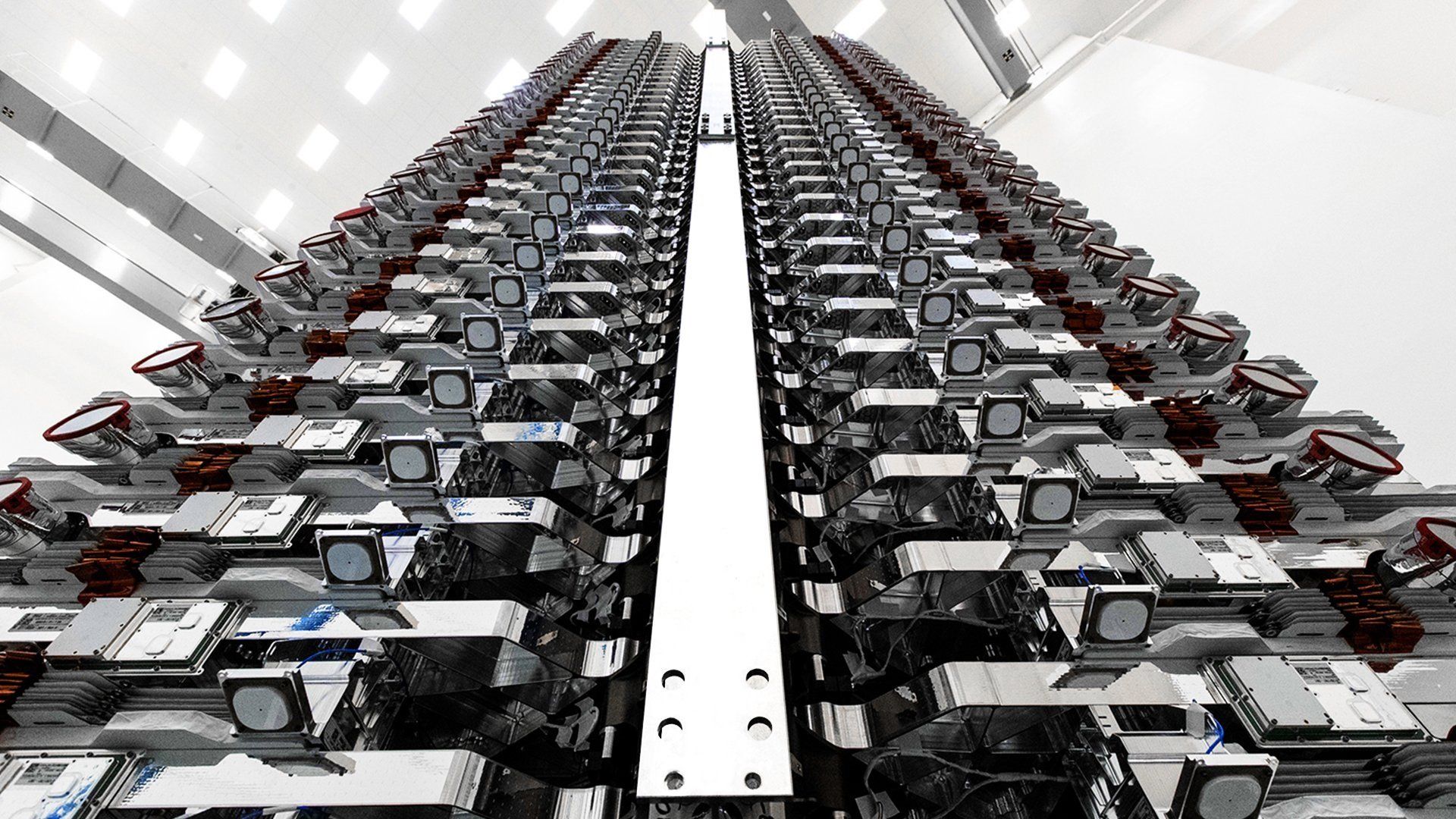
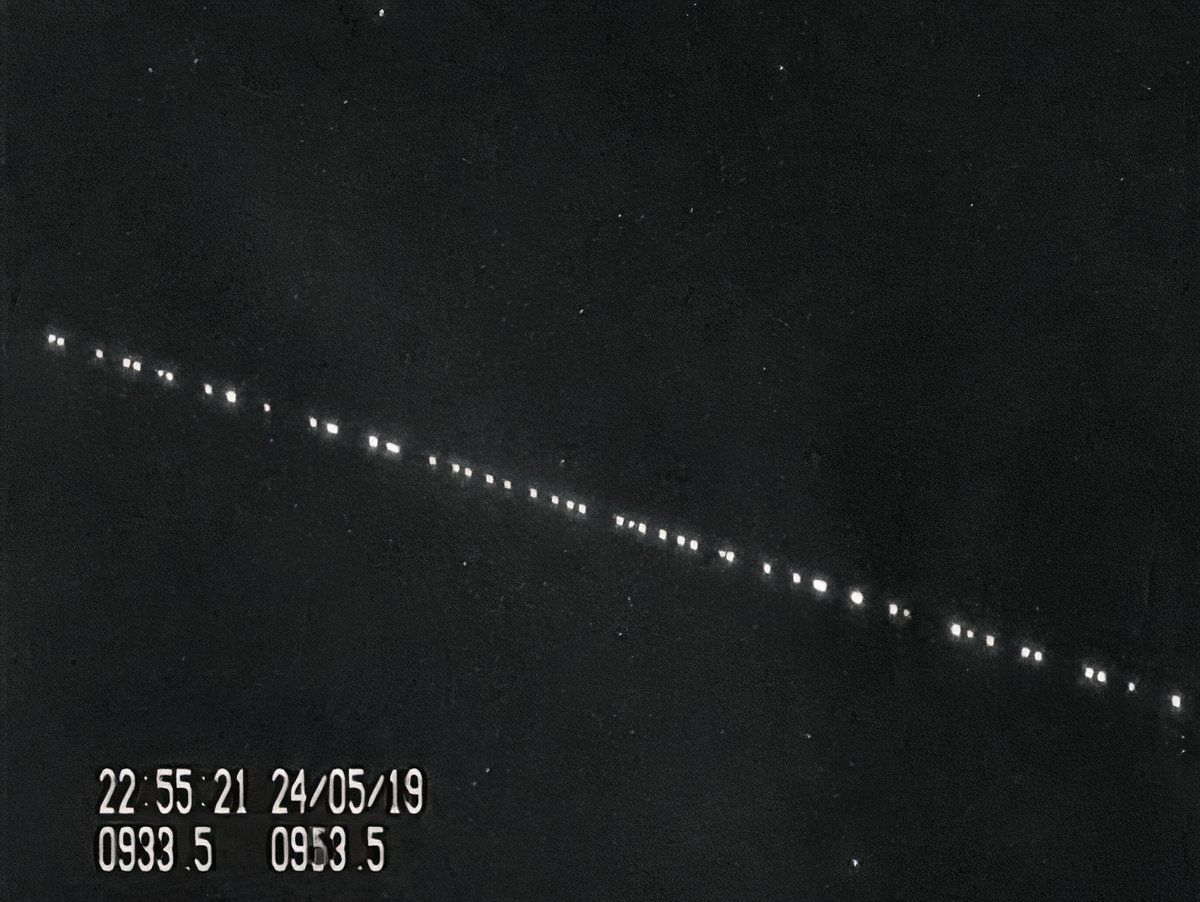
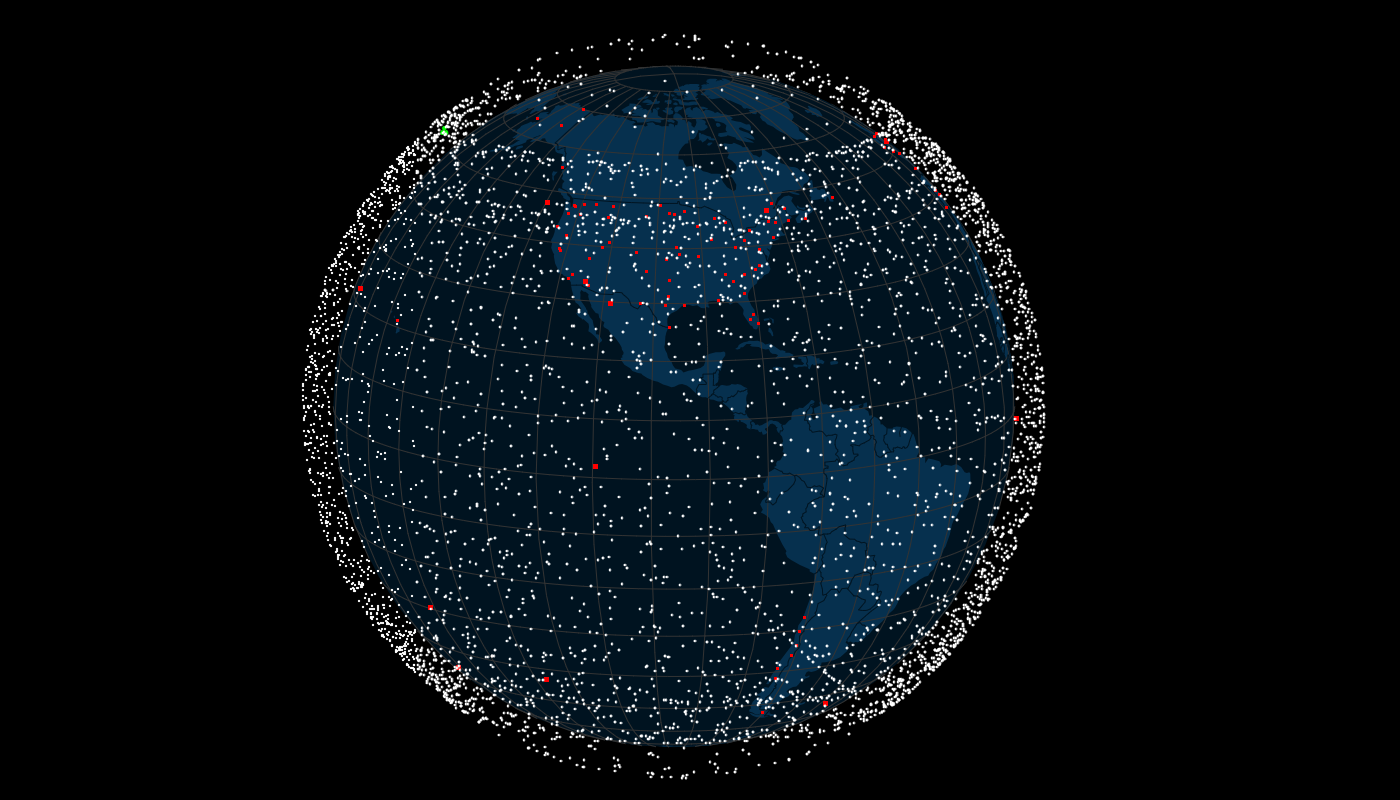
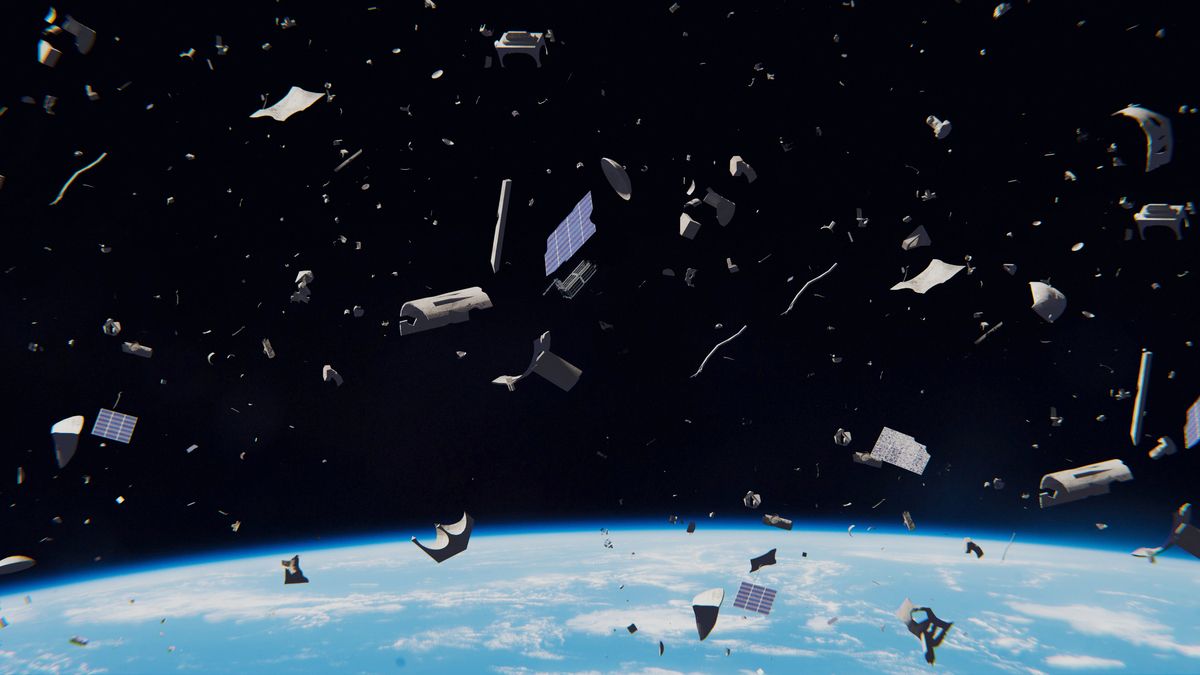
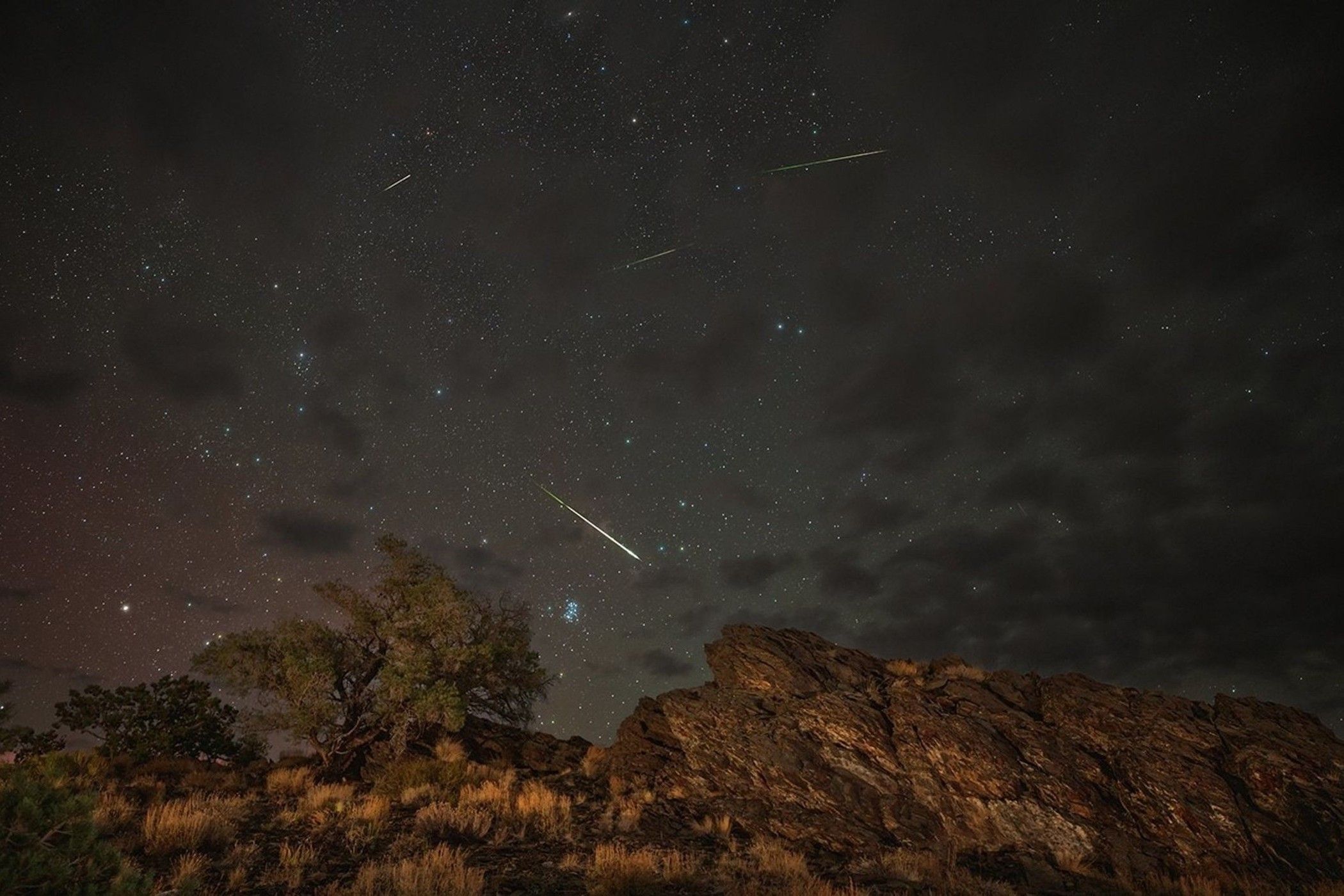





Leave a Comment
Your email address will not be published. Required fields are marked *